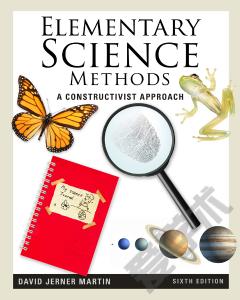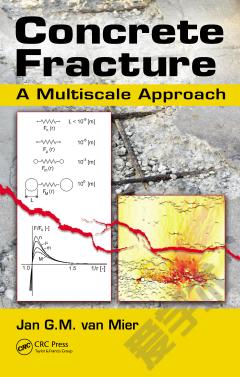Concrete Mixture Proportioning —— A Scientific Approach
----- 混凝土配合比的科学方法
1. Packing Density and Homogeneity of Granular Mixes 1.1. Virtual Packing Density of a granular mix 1.2. Actual Packing Density - The Compressible Packing Model (CPM) 1.3. Effect of Boundary Conditions on the Mean Packing Density 1.4. Granular Mixes of Maximum Packing Density 1.5. Segregation of Granular Mixes 1.6. Summary 2. Relationships Between Mix Composition and Properties of Concrete 2.1. Fresh Concrete Properties 2.2. Adiabatic Temperature Rise 2.3. Compressive Strength 2.4. Tensile Strength 2.5. Deformability of Hardened Concrete 2.6. Factors Affecting Concrete Permeability 2.7. Summary: the various types of granular system to be considered in concrete mix design 3. Concrete Constituents: Relevant Parameters 3.1. Aggregate 3.2. Cement 3.3. Mineral Admixtures (supplementary cementitious materials) 3.4. Plasticizers/Superplasticizers 4. Mix-Design of Concrete 4.1. Specifying a Concrete for a Given Application 4.2. Solution of the Mix-Design Problem 4.3. Questions relating to the Aggregate Skeleton 4.4. Questions Relating to the Binders 4.5. Stability of Concrete in an Industrial Process 4.6. Review of Some Standard Methods in the Light of the Present Approach 5. Applications: Various Concrete Families 5.1. Preliminary Simulations: From Normal-Strength to Very High-Strength Concretes 5.2. Normal-Strength Structural Concrete 5.3. High-Performance Concrete 5.4. Concretes with Special Placing Methods 5.5. Concretes with Special Composition Conclusion Appendix: flowchart for mixture simulation
{{comment.content}}








 京公网安备 11010802027623号
京公网安备 11010802027623号